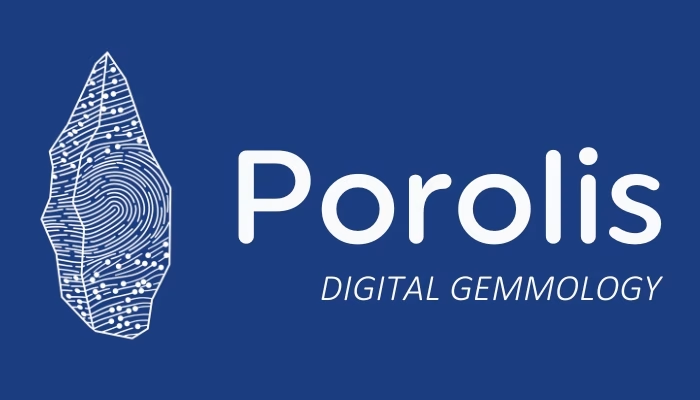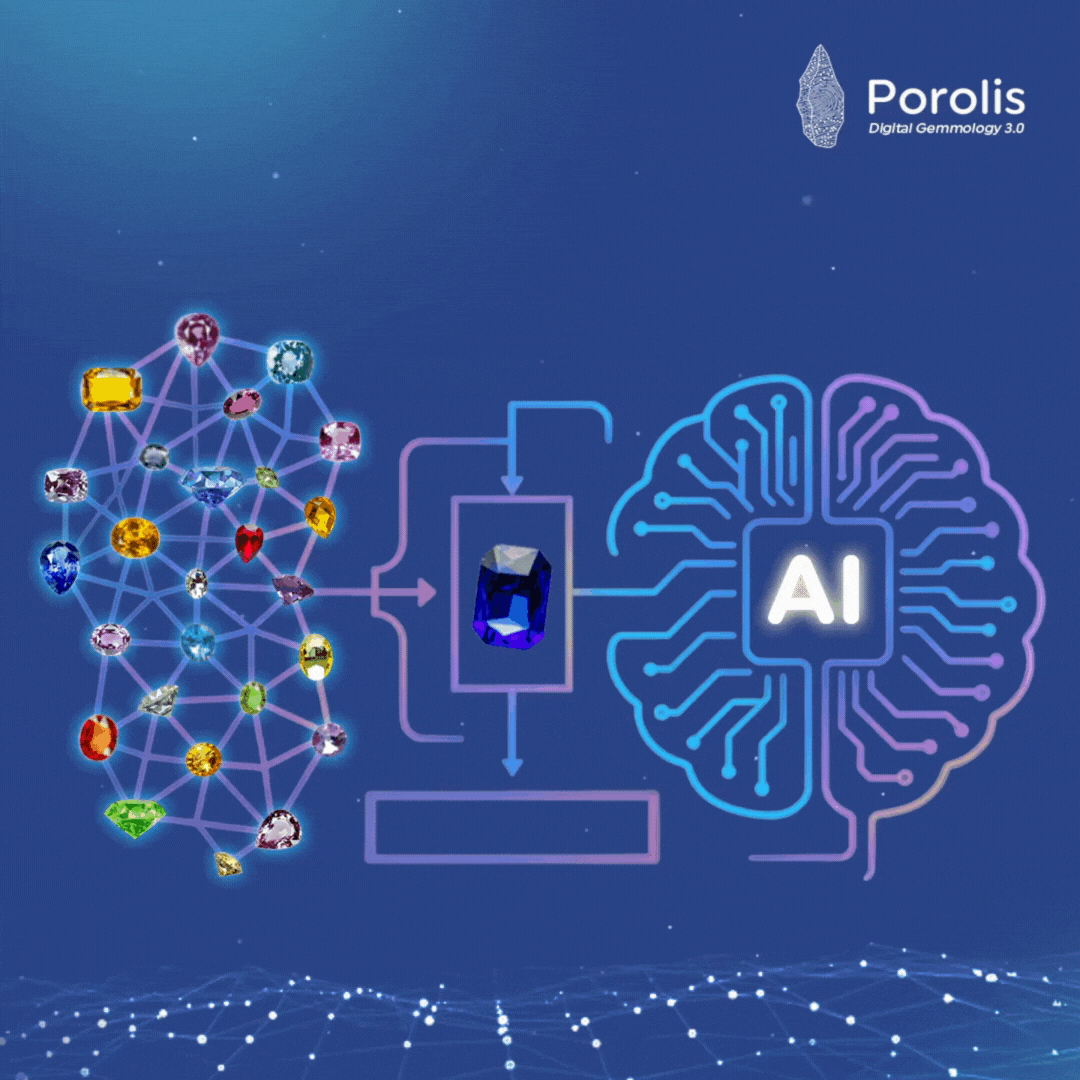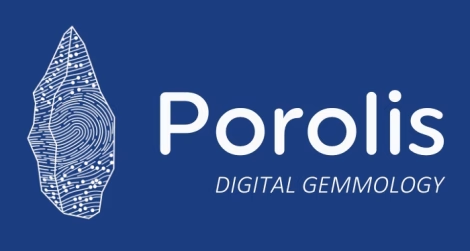Computer Vision Systems is a combination of advanced technologies in digital imaging devices, image processing techniques and AI-powered machine-learning models to augment specialists & non-experts to assess gemstone quality such as colour. The emergence of CVS dedicated to gemstone application is a significant innovation and a welcomed trend to transform the industry.

Chua Han Chong | Gamitha Amarasena | Koh Pei Qing | Chan Yee Ning

September 20, 2024

Chua Han Chong | Gamitha Amarasena | Koh Pei Qing | Chan Yee Ning

September 20, 2024
The colour of a gemstone is one of its most defining properties, significantly influencing its aesthetic appeal and market value. Whether it’s the deep blue of a sapphire or the vibrant red of a ruby, precise colour grading is essential for accurately assessing gemstone quality and ensuring fair valuation in the market. However, present colour grading practices rely heavily on subjective visual judgments, leading to inconsistencies and discrepancies in assessment outcomes.
Further the lack of industry-wide colour reference standards undermines the credibility of the grading process where traders, gemmologists, jewelry designers and consumers seek transparent and precise specification of gemstone colour. Gem-labs often employ subjective descriptors such as “royal-blue”, “peacock-blue”, “pigeon-blood red” or “sunrise pinkish-orange” to describe gemstone colours, lacking standardized and measurable definitions. These limitations not only hinder the accuracy and reproducibility of colour grading but also undermine trust and transparency in the gemstone market.

Computer vision systems, powered by AI and machine-learning, offers a new method to measure gemstone colour, objectively and consistently. Coupled to a gemstone colorimeter device calibrated to industry standards, the system can simulate the observation of human eyes and overcome the limitations of highly subjective human perception and judgment.
Emergence of Gemstone Computer Vision System
Compared against other sectors, the gemstone industry is a laggard to embrace digital technologies to offer its benefits to end consumers. The emergence of Computer Vision Systems (CVS) dedicated to gemstone application is therefore a significant innovation and a welcomed trend to transform the industry.
In general, CVS is a combination of advanced technologies in digital imaging devices, image processing techniques and AI-powered machine-learning models to augment specialists and non-experts to assess gemstone quality including colour. Such CVS are already widely used in electronics manufacturing, food, medical and even mineral identifications based on colour and texture analysis, by leveraging custom-design cameras and AI-models trained on large image datasets. CVS today have become affordable and not only within the commercial reach of gem-labs. With industry-wide adoption across the gemstone supply-chain, CVS will help build transparency and trust in the gemstone market.
But before we describe in detail the CVS, we must first understand the basics of colour-science.
What is actually color ?
To understand the complexities of gemstone colour assessment, it’s essential to firstly explore the science of colour. Colour is a perceptual phenomenon created when visible-light waves interact with biological receptors in the human eye, which in turn transmit signals to the brain, forming a colour sensation. So, how then can a Computer Vision System be invented to measure and describe this colour sensation objectively ?
To quantify human colour perception, in 1931 the International Commission on Illumination (CIE) invented the CIE 1931 Yxy colour-space. This scientific model, developed through experiments, allows for the objective representation of all colours visible to the human eye of an average observer, providing a standardized framework for colour measurement and comparison, as perceived by humans.
Subsequently, to deploy the CIE 1931 Yxy colour-space at an industrial level, in 1996 HP and Microsoft invented the sRGB colour-space as a complementary subset to CIE 1931 Yxy for colour management and reproduction in digital devices. Compliance to sRGB colour-gamut ensures consistency in colour representation across monitors, printers, projectors and other digital colour devices, facilitating accurate and reliable colour reproduction.
Porolis’ Gemstone Computer Vision Systems adopts the sRGB standard, allowing all stakeholders across the gemstone supply-chain to maintain fidelity in colour reproduction throughout the gemstone assessment process. Hence, gemstone colour now has a precise digital representation of colour-values, grounded on proven science that links how the human eyes perceive colour.
Components of Gemstone CVS
The key components of a CVS include custom-built high-resolution lens-cameras, specialized illumination for gemstone analysis and implementation of a stringent colour calibration protocol. These parts work in tandem to capture digital records of gemstone colour values with precision and consistency.
It is common knowledge that taking photos of the true colour of gemstones using digital cameras presents a multifaceted challenge rooted in the optical properties of these translucent or transparent mediums. Gemstones interact with light in intricate ways, involving reflection, dispersion, refraction and transmission, which can complicate the process of colour acquisition and reproduction.
Also, gemstones often exhibit a wide range of tonal values, from highly reflective surfaces to deep shadows, posing challenges in capturing detail across the entire dynamic range. Leveraging high-dynamic range imaging techniques, a reliable CVS is optimized to capture details in highlight or shadow regions, whilst maintaining a high signal-to-noise ratio. This preserves the subtle colour and texture variations, thus facilitating the accurate and faithful gemstone colour reproduction across all digital devices.
A ground-breaking innovation in Porolis’ CVS is the use of AI to help Users to autonomously grade gemstone colour. With access to a rich dataset of 100,000 gemstones in which the colour labels are certified by FGA-qualified gemmologist, a supervised learning AI-model has been trained to classify gemstone colour based on its colour-faithful digital image, with high accuracy. In collaboration with machine-learning engineers, gemmologists had conducted extensive research to design and set standards to colour representation of gemstones, based on statistical analysis on its chromatic spectral distribution. Gemstone colour is then objectively graded based on acceptable colour distance measured in the CIE L*a*b* colour-space.
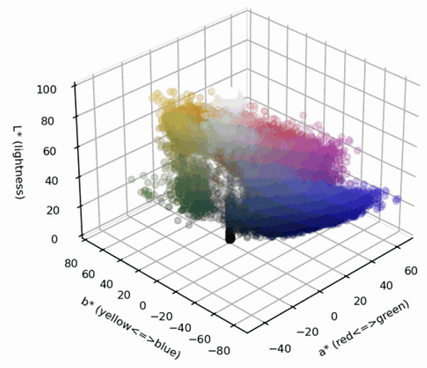
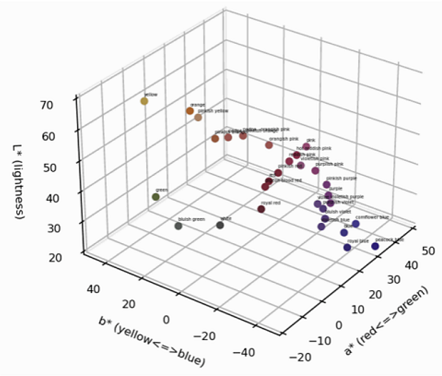
The colour space used by the Gemstone CVS is the device-independent CIE L*a*b*, introduced by the International Commission on Illumination (CIE). It provides a perceptually uniform colour space which means that the geometric distance between two colour points is consistent with variations in human visual perception. The above plot (left) illustrates the colour-position of 61,040 samples of expert-labelled sapphire and ruby of 30 different colour grades. Using machine-learning algorithms, the position in L*a*b* colour-space of each colour grade (such as royal-blue, pigeon-blood red, pinkish-orange padparadscha, yellow etc) is determined and represented in the above plot (right).
Benefits of Computer Vision Systems
The Gemstone CVS offers a multitude of benefits compared to traditional colour grading methods. The new system is fast, accurate and most critically provide high-fidelity colour reproduction, in a consistent manner.
By combining the latest innovations in hardware and software technologies, CVS ensures objective and scientifically grounded colour assessment, free from the biases and inconsistencies inherent in subjective visual judgments. Moreover, CVS offer enhanced efficiency and scalability, enabling not only trained gemmologists but also semi-trained players in the market to assess and grade gemstone colour with unprecedented speed, low cost and accuracy.
As a word of caution, in the colour management workflow when assessing gemstone colour, it is essential to ensure colour fidelity not only in the CVS camera but also in monitors, printers and projectors used during colour reproduction. Proper colour calibration of all devices ensures accurate reproduction of gemstone colours and maintains integrity throughout the assessment process.
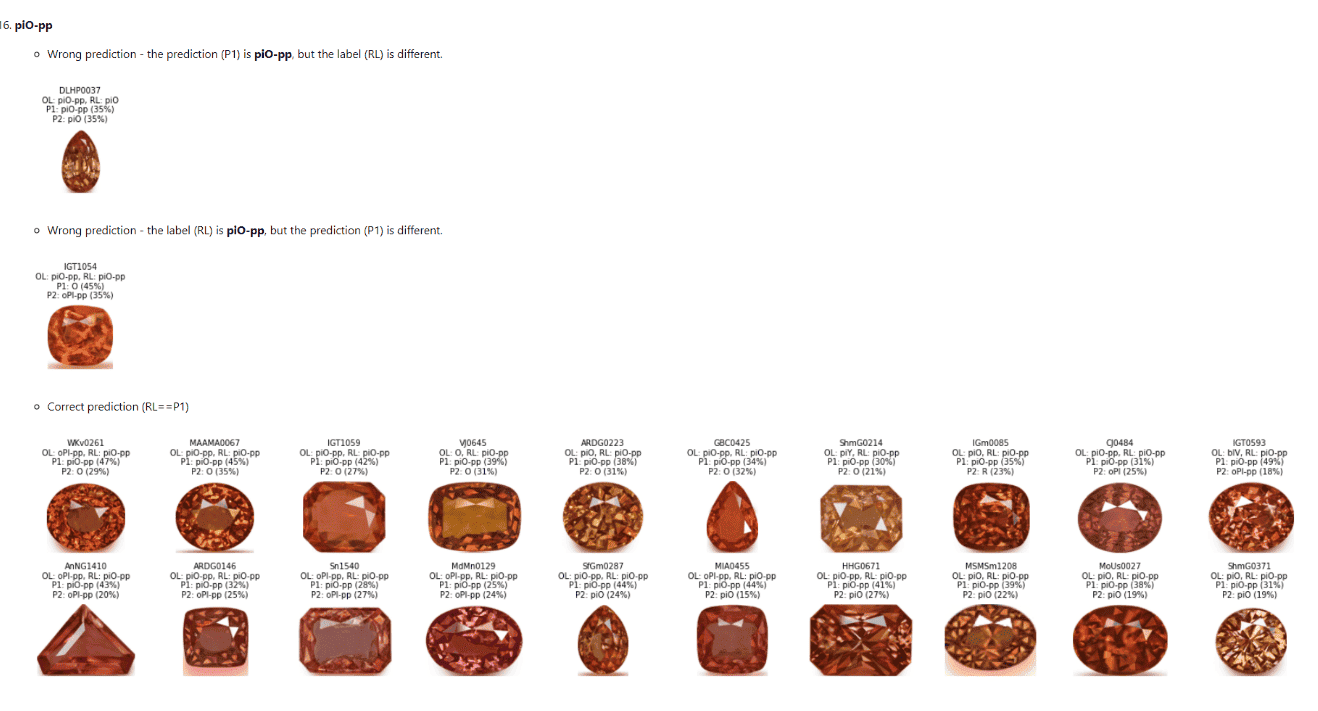
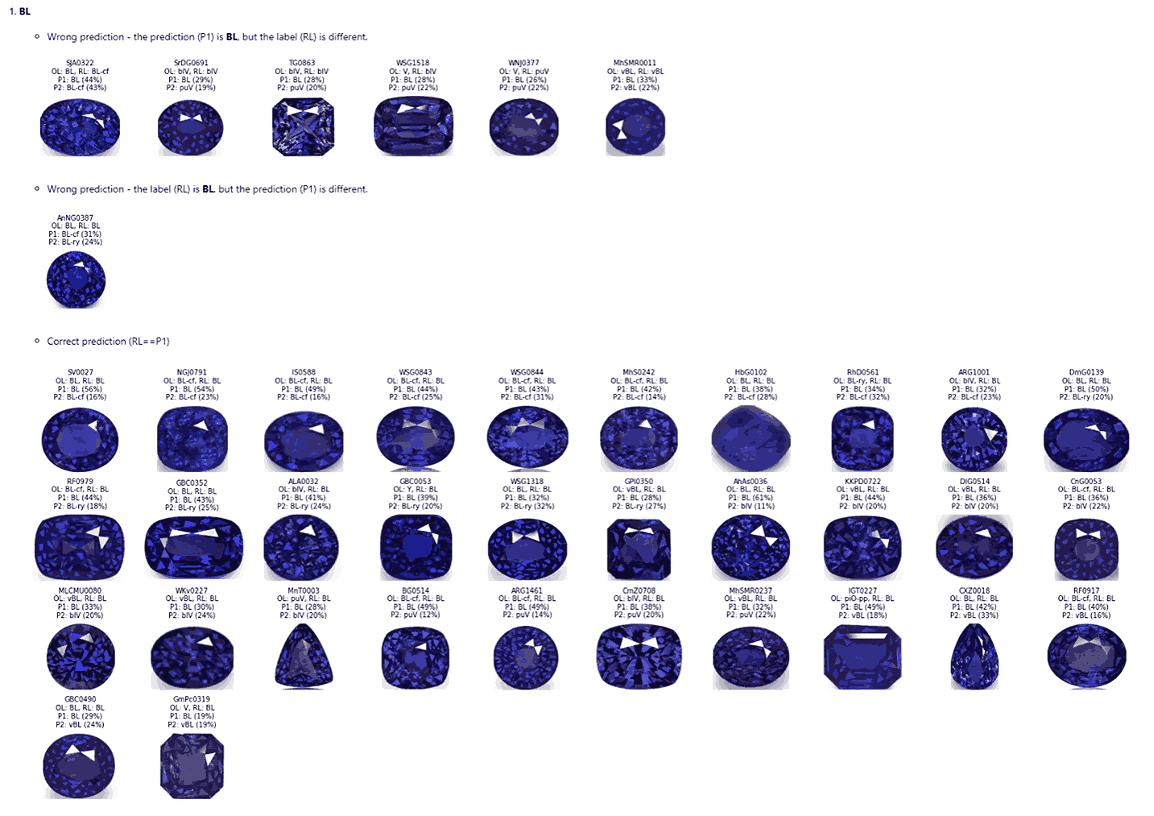
The prediction results of the Gemstone CVS using test samples of gemstones with expert-labelled colours Pinkish-Orange Padparadscha (left) and Blue (right), where the colour is correctly predicted in the bottom group and incorrectly predicted in the top two rows. Overall with the 30 colour categories, the Gemstone CVS attained an accuracy in excess of 90%, with room for improvement when the AI machine-learning is trained with more data.
Conclusion
CVS represent a significant advancement in gemstone color assessment, offering a more objective, accurate, reproducible and consistent approach compared to traditional methods.
By embracing digital technologies, stakeholders in the gemstone industry can now elevate standards of practice and foster greater trust in color grading practices.
